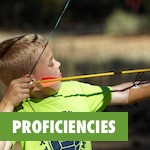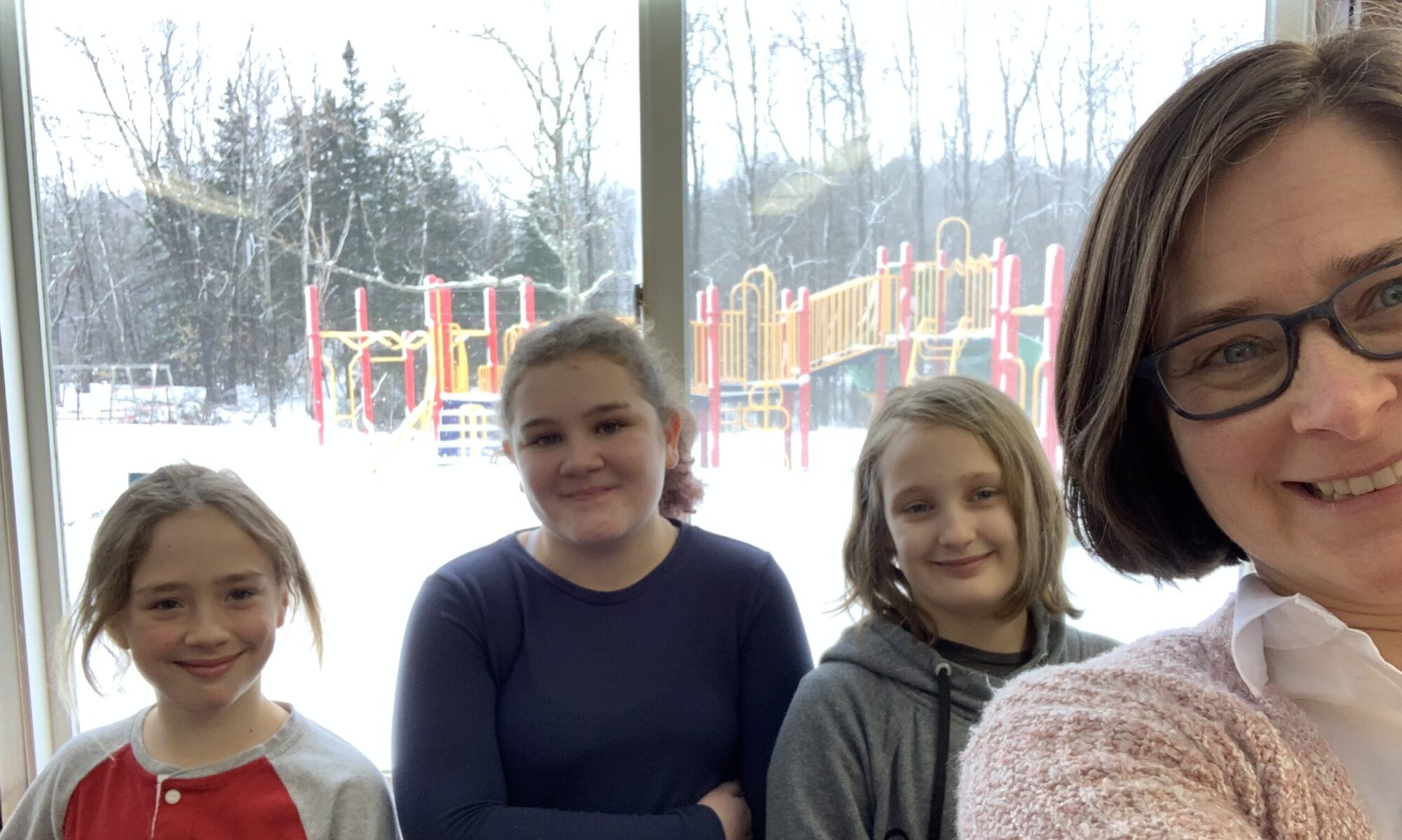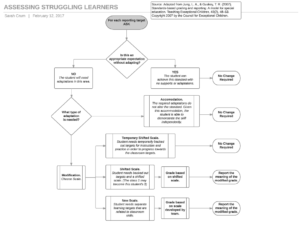Making sure Proficiency work includes all students
 Recently, I was in a middle school team meeting walking folks through some proficiencyb-based learning scenarios and one teacher said “I have a student who is performing at a 4th grade level, what do I do?”
Recently, I was in a middle school team meeting walking folks through some proficiencyb-based learning scenarios and one teacher said “I have a student who is performing at a 4th grade level, what do I do?”
Sound familiar?
Is the traditional grading reporting system the best we can do (for all students)…..Nope!
 Remember how you felt getting this? Did it help?
Remember how you felt getting this? Did it help?
No doubt, grading and reporting, for students with disabilities or those performing much lower than their grade level has been a topic of heated debate for a long time. To argue that the traditional systems has “worked” is a tough pill to swallow (What’s Worth Fighting Against in Grading Reeves, Jung, and O’Connor). The traditional A,B,C,D or F doesn’t accurately reflect what students know or can do. Especially if they now how to play the game of school!
The switch to a proficiency based system has certainly highlighted the issue of inequity in our system and provides an opportunity to be more specific with our learning intentions, increase the meaningfulness of our feedback and highlight the individual learner needs’. The introduction to the Vermont Education Quality Standards reads “ The purpose of these rules is to ensure that all students in Vermont public schools are afforded educational opportunities that are substantially equal, and enable them to achieve or exceed the standards approved by the State Board of Education.” Given the opportunities and a high degree of autonomy, many still want to know what this will look like?
https://twitter.com/JPhillipsVT/status/938047760745533441
What resources can you offer?
That’s a great question. Glad you asked?
Struggling w standards based grading for Ss with IEPs? Differentiated Assessment & Grading Model: https://t.co/mzV05Fee8f #sblchat pic.twitter.com/wQwYyVCLbL
— Lee Ann Jung, PhD (@leeannjung) September 7, 2017
In Vermont and around the country, the work of Lee Ann Jung, Cofounder/Chief Academic Officer at the ASCD Student Growth Center, had been getting some seriously needed attention for supporting work in this area. Jung’s Differentiated Assessment and Grading Model provides a conversation point for how this work might flow in our schools. Her Blog post Is it an Accommodation or Modification? really help us define the pathways students with IEPs may travel toward demonstrating mastery of the PBGRs. It’s always worth reminding ourselves that we, as educators, have choices in our approach. Going one step further we can also personalize the experiences for all students.
How can we all support all students? Carol Tomlinson has a great visual on differentiation @rhlearning #Vted #vthec @VTHigherEdColl @brsuvt pic.twitter.com/rYhCcTltLX
— Brooke DeBonis (@BrookeDeBonis) December 5, 2017
Here’s the crux!
“Do students who are eligible to receive special education services have the option of meeting an alternative set of PBGR’s? No. EQS states that students eligible to receive special education services shall meet the same graduation requirements as non-disabled peers in an accommodated and/or modified manner”.
Sarah Crum, a special educator at Champlain Valley Union High School has spent a significant amount of time working to support students and colleagues in understand the options from the above statement. Last year she wrote a blog post for CVU Learns (a gold mine for resources) called Standards Based Learning and Special Education. This is one of the most significant pieces I have come across pertaining to this emerging work. She shares examples of temporary or shifted scales.
It’s not homework, but think about it!
The next time you talk about or work on proficiencies, ponder the following questions as they relate to your work:
- Are your PBGRs written will all students in minds?
- Do you have the appropriate supports for all students to be successful?
- In what ways can classroom teachers and special educators work more closely together?
- Have you though about accommodations and modifications in writing learning targets?



I”m thinking I’m not seeing any mention of Universal Design for Learning principles, guidelines, or checkpoints. Where’s a common language here? Especially with assessment.
Hi Charles,
Thanks for the comments. This is the first post in a series and hope to bring in the topics of your comments in future posts. Many are struggling to understand how these two worlds support each other. Please feel free to share any examples or resources.
It’s wonderful that you are getting thoughts from this article as well as from our dialogue made
at this time.